What to pack for a hiking holiday in Iceland
If you are planning a hiking holiday to Iceland and are looking for tips on what to pack, here is an essential gear list that may help you decide what to pack for your vacation. Here below you will find gear lists for both outfits and clothing, as well as camping packing lists and recommended gear.
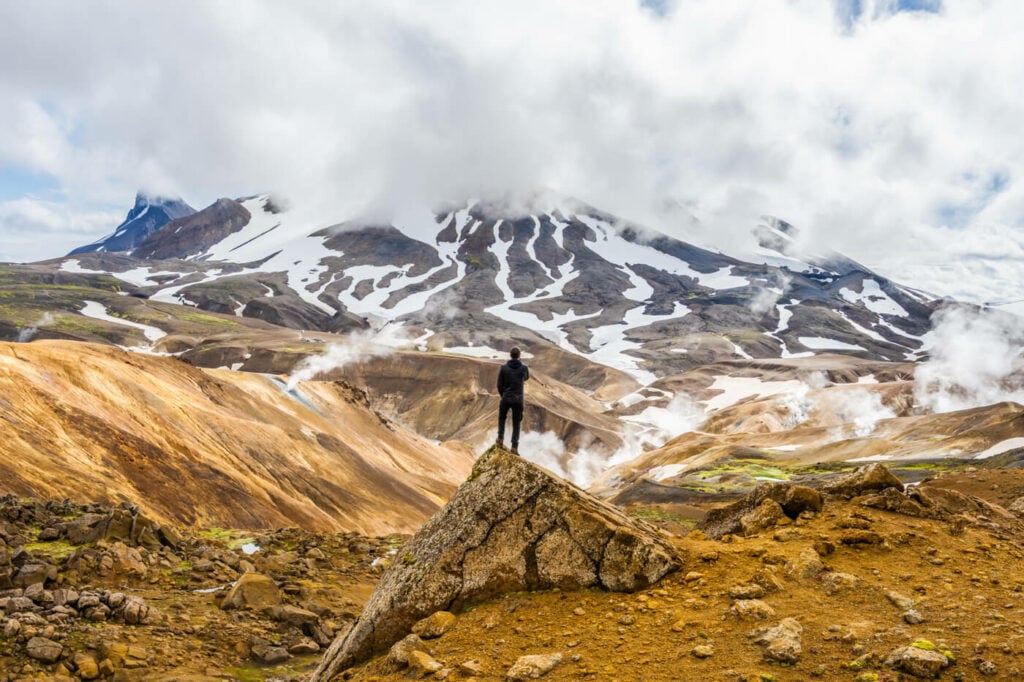
Hiking in Iceland
Before getting started, let me tell you that if you’ve never been to Iceland, you’re in for a real adventure. The country’s unique landscapes, including glaciers, waterfalls, hot springs, and rugged coastlines, make it a hiker’s paradise. However, Iceland’s weather can be unpredictable, and conditions can change quickly, so it’s important to pack appropriately for your trip.
The list below is largely based on what I usually pack for my trips. Having visited Iceland several times over the last twelve years, have refined the content of my luggage to optimize the weight and quantity of items I bring. Apart from a proper hiking backpack, here are my top tips on what gear to bring.
Going to Iceland? Blue Car Rental Discount!
As a reader of The Photo Hikes, you get a 5% discount on your car rental when booking with Blue Car Rental through this website. The discount will be automatically applied to the booking through the following link
What to pack for a hiking holiday in Iceland
Clothing
- Swimsuit: sounds weird? With so many hot pools all over the country, you want to be ready to plunge into one of the after a long day on the trails. For instance, a visit to the hot pool in Landmannalaugar is a must after a long hike. Nothing can relieve your fatigue better than floating in a hot pool for a while.
- Merino, Merino, Merino: you want to bring warm clothes that are also breathable and lightweight. Merino socks, merino underwear, and Merino base layers will be your best friends. Merino is a very lightweight material and does not absorb smell easily
- Hiking Pants, Mid Layer and Outer Layer: above the Merino layer you will want to wear a good, breathable mid-layer and a proper jacket. Windproof, possibly. Also, Hiking pants with vents. I pack three hiking pants for a two-weeks holiday.
- Waterproof outwear: you will want to have a lightweight rain jacket and rain pants. Especially in the Highlands, the weather in Iceland is very unpredictable and the weather can turn stormy quickly.
- Hiking Boots: footwear is largely a matter of personal preferences. Some prefer trail runners, some military boots. For Iceland though, I would recommend waterproof boots with a very good grip. Also, boots that offer decent ankle support and rock protection. The terrain in Iceland can be very crumbly, muddy and slippery. Terrain like Lava fields n may contain sharp rocks too.
- Beanie, a wide-brim hat and gloves: A merino beanie for the cold and windy days, a wide-brim hat for the sunny and light-rain days. Also a pair of light gloves; I have hiked at 1-2 Celsius on a sunny and windy day in August, and I was really happy I had them with me.
- Water shoes: These will be handy in any natural hot pool you may dip into and if you even need to cross a river on our hikes.

Sun and Rain on a Hike in Iceland. Always take you rain gear with you!
Accessories:
- Hiking poles: while I am not personally a big fan of hiking poles, I do bring them with me to Iceland. First of all, they offer a much-needed support when crossing rivers. Second of all, several trails in the highlands are on steep and crumbly terrain. If you have a heavy backpack, hiking poles can go a long way in preventing a fall.
- Water filter, bottles or a hydration bladder: a hydration bladder is useful on long hikes where you don’t know if you will come across drinkable water. Otherwise, I bring with me a water filter to drink from rivers. Yes, in most cases you may drink directly from rivers too, especially in the highlands, but with so many sheep around, I prefer to always use a filter when drinking from rivers.
- Micro spikes: while most of the hiking, especially in the highlands, can be done in summer, you may want to have micro spikes within mid-spring or mid-autumn. I’d recommend them from Mid-April to Mid-late may and late September to late October.
- Lightweight towels: a lightweight body towel and a lightweight micro towel, specifically. I use the body towel while camping, which helps keep the weight and volume down in the checked back. I normally hang the micro towel on my backpack and use it both on the trail (i.e. if I have to cross a river to dry my feet and legs) or to just dry my face after rising it in a river. They also dry quickly
- Ultralight Pot, stove and Car kettle: not strictly related to hiking, but you you are in the highlands or waking up early in the morning, you may find it difficult or impossible to find a coffee. Either an ultralight stove or a car kettle, or both will ensure you can always brew your own. You will find gas canisters at any gas station, usually.
- Sun Screen: while it may seem counterintuitive, sunburn can happen at this latitude. Especially if you are a light-skinned person like myself. Sunscreen also protects against windburns
- First Aid kit: Bring a small and lightweight packable one. As already mentioned, there can be sharp rocks on the trail in Iceland. if you slip and fall, you may cut yourself. I did that several times myself. A disinfectant wipe and a plaster are haven-sent in this situation.
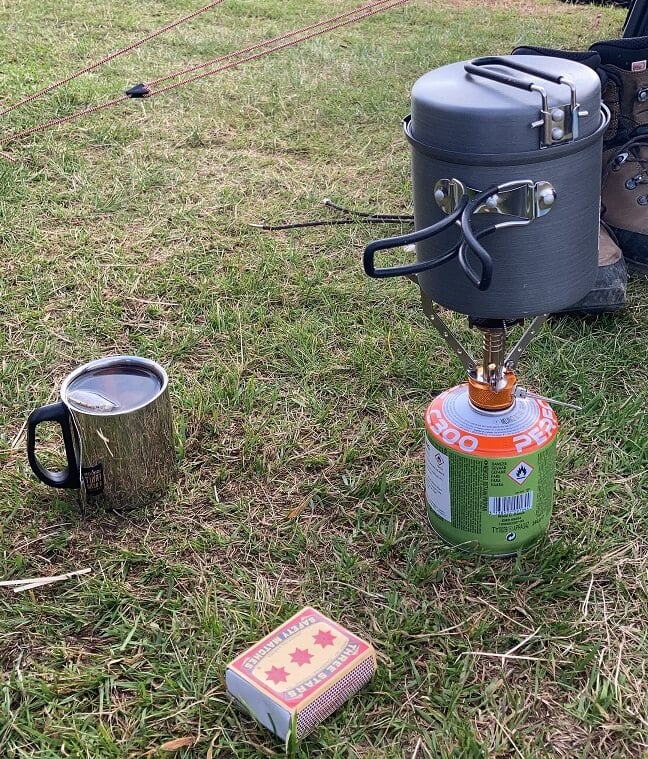
My “coffee gear” for the camp
Additional Recommended Gear for Camping in Iceland
If you are planning to camp across the many campsites all over the country, here is also an essential camping packing list.
- Sturdy four seasons tent with footprint: my personal choice for camping in Iceland is the Hilleberg Soulo. Super sturdy, there’s little noise inside even when very windy, if pitched properly. It’s a very warm tent too. In most cases, I’d recommend using a footprint, especially in places like Landmannalaugar where you can camp on rocky terrain.
- Sub-zero sleeping bag and good insulation pad: even in summer, I use a sleeping bag rated for comfort at -2C, and a sleeping pad with an r-value of R6. The latter may be a bit overkill sometimes, but I’ve always slept like a baby!
- Freeze-dried food: if you are planning multi-day hikes or treks and usually rely on freeze-dried food, you may want to consider bringing your own to Iceland. Freeze-dried food is not easy to find in Iceland, especially outside of Reykjavik and the Capital area. You may find some at the huts in Hólaskjól, Landmannalaugar or Þórsmörk, but I would not recommend planning on it.
- Sleeping mask & Ear Plugs: I don’t often use them. However, a sleeping mask may help you sleep on bright summer nights. Ear Plugs will help you sleep too, but either when you have a snoring neighbouring tent or wind noise.
- A candle lantern like UCO’s: this may seem weird from a safety perspective. However, UCO candle lanterns are designed for safe use inside a tent. While it can’t do much in terms of warming up, it can help reduce the condensation inside the tent.
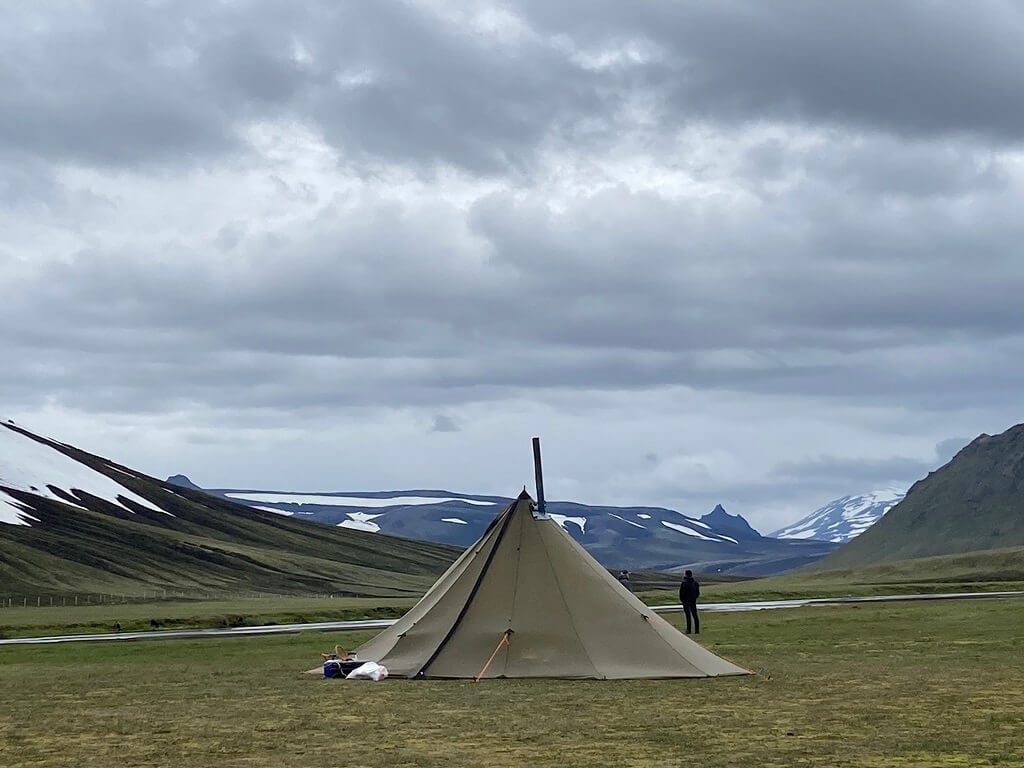
Some cozy campers with a stove in the tent. Landmannahellir.
Last but not least: always check the weather forecast before going for any hike, especially in the highlands. No need for a specific app; the best way to check it is on the Vedur website.
So here was my list of what to pack for a hiking holiday in Iceland. What are your top tips? Feel free to share them in the comments.
P.s.: don’t forget your camera or memory cards :)! Enjoy your Hiking holiday in Iceland!
Additional Resources
For more hiking recommendations in Iceland:
- Check out my Guide to Hiking and Camping in Landmannalaugar or my Best 5 Day hikes in Landmannalaugar with Maps
- Photography Tips for Iceland
- Check out more Hikes in Iceland here.
- Discover the best hiking books and guides on Iceland.
Car or Camper Van Rentals
I can definitely recommend two companies here:
- Cars: Blue Car Rental, (5% discount through The Photo Hikes) which is the largest Car rental company in Iceland, and for good reasons. Free Cancellation, Unlimited mileage, 24-hour breakdown assistance, SCDW, CDW, TP, and GP insurance are included in the price. Blue Car Rental is also located within walking distance of the Keflavik Airport, so you can be on your way to explore Iceland right away. I’ve always been happy with my rentals there, which is why I’m happy to recommend their services here on my blog.
- Camper Vans: CampEasy. With CampEasy, you can rent 2WD or 4×4 campers alike. With a raised Chassis, larger tires, and extra insurance with reduced liability for river crossing, their 4X4 campers are the best choice for your trip into the Highlands. Their Website also provides extensive information about roads you can take and instructions on river crossings. Perfect choice for a hiking holiday in the highlands!
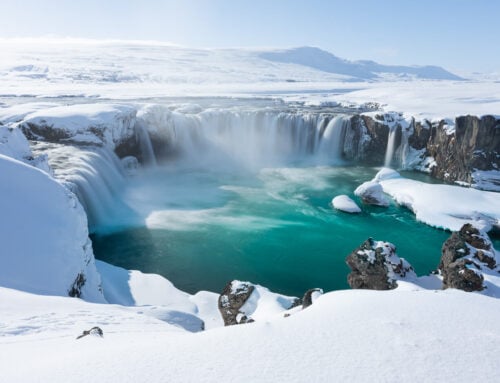
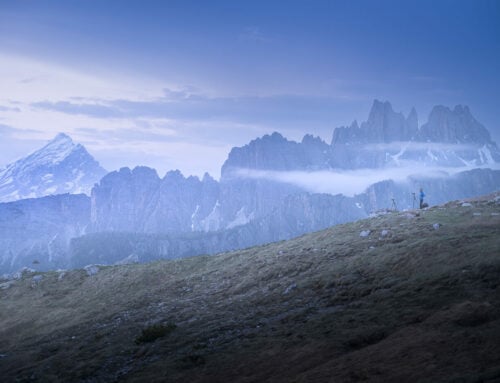
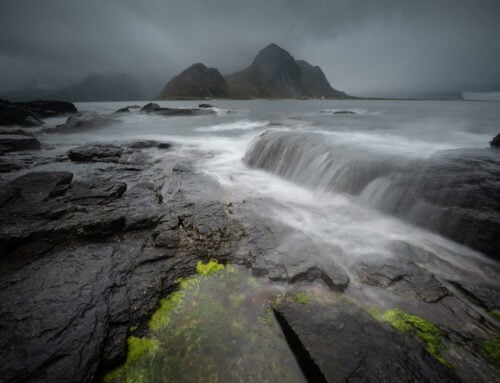

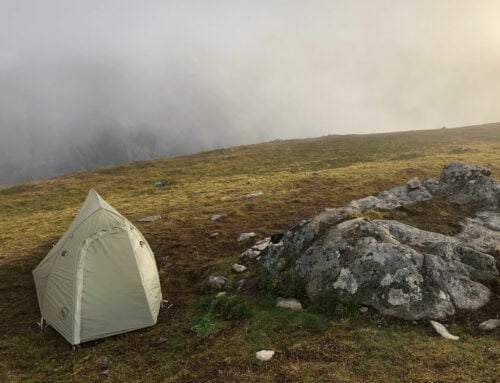
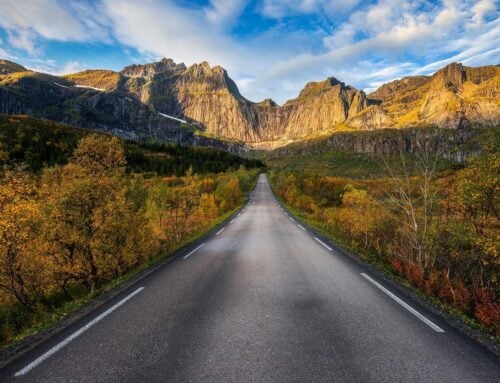
Leave A Comment